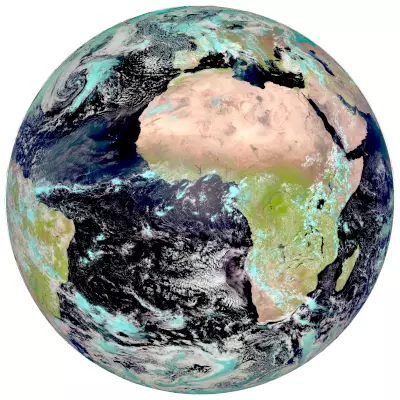
High Spectral Resolution synthetic radiances for Geostationary imagers
Context
This project aims providing simulations of geostationary top of atmosphere (TOA) radiances at high spectral resolution.
HYGEOS/LOA provide EUMETSAT with at least two full disks at MSG/SEVIRI spatial grid (3km at nadir) and high spectral resolution (between 0.5nm and 0.25 cm-1) for spectral range covering 0.354 to 15.5 μm. Using the same spectral resolution, scenes (1000 x 1000 pixels) at higher spatial resolution (~500m at nadir) will be provided.
The principal driver for the acquisition of such synthetic data by EUMETSAT is to enable evaluation of geostationary satellite imagery (i.e. level 1) quality and characteristics given uncertainties or variability in detector array Spectral Response Functions (SRFs). For example with detector arrays such as present on the FCI (MTG), the degree of striping and development of methods to reduce striping may be evaluated. A secondary driver is to enable the exercising of Atmospheric Motion Vectors on synthesised IRS Level-1 products.
The following animation shows the obtained results for a first disk (2017/09/20 at 12:00). This required around 900 000 hours of CPU.
Methodology
Top of the atmosphere radiances for the full range of representative atmospheric and surface conditions are generated. The sun and view geometries are taken from SEVIRI observations for selected repeat cycles. The spatial grid is the SEVIRI/MSG one. For each pixel, the surface and atmosphere is realistically described based on ancillary information obtained for dates and time of required simulation (among which OCA products for clouds coupled with ECMWF water content profile, CAMS reanalysis for aerosols profiles, ECMWF reanalysis for atmospheric state, MODIS surface BRDF product and thermal infrared climatology for land properties). For high spatial resolution scenes, MODIS or VIIRS cloud products will be used.
To compute TOA radiance, the simulator uses ARTDECO radiative transfer tool in the UV to SWIR domain and RTTOV in the thermal infrared domain. The computation is done individually (on-the-fly) for each pixel and each spectral channel (each wavelength). The scene definition (aerosol, cloud, gas and ground) is made consistent between the two spectral domains.
An optional phase of the project consists in the production of 24 hours of SEVIRI and FCI data with time steps of 15 min (96 repeat cycles) using the same framework as for high spectral resolution radiances. Although it will fly on EPS-SG (Low Earth Orbit), we also produce data for METimage spectral characteristics for full geostationary disks over 24 hours. The simulator computes the radiance as integrated in spectral response function of each instrument channel. Over the 24h, the surface properties are assumed to be constant. The cloud, aerosol and atmospheric condition are varied for each repeat cycle.

